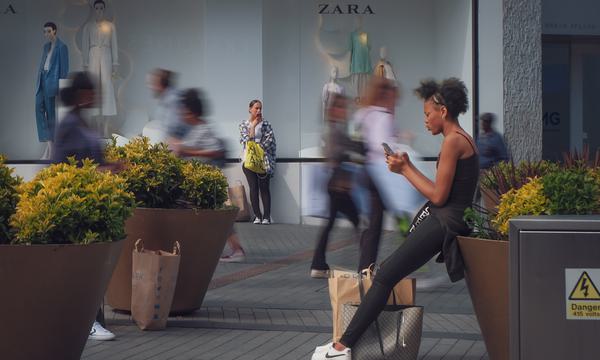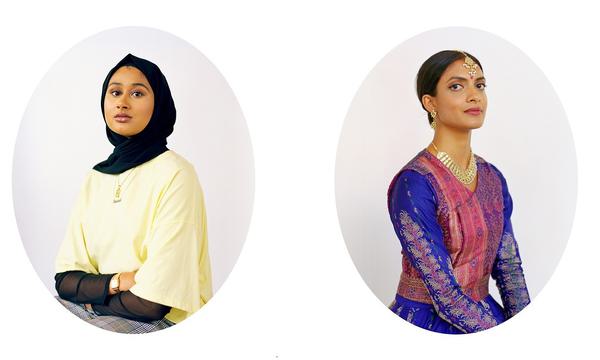News Story
This autumn I was given the opportunity to emerge from my thesis-induced hibernation and delve into the Birmingham collections with the goal of unearthing the hidden queerness contained within. Some limited work has been done in the past, with exhibitions such as Coming Out in 2017 and Matt Smith’s Queering the Museum project all the way back in 2010, but outside of events like these, queer and LGBTQ+ collections often remain veiled in shadow.
While this project is far from complete, I discovered 176 objects I could confidently categorise as bearing some kind of queer significance. Owing to the limitations of my own area of expertise, a sizeable chunk of what I uncovered fell under nineteenth- and twentieth- century Fine Art, but I did successfully identify queer objects in every collection.
For those of you interested in statistics, 58% of objects fell into Fine Art while only 14%came from Science and Industry, Natural Sciences, Topographical Views, and Antiquities combined. Other limitations I discovered included the prevalence of the white queer male experience represented in the collection compared to other groups. 30% of objects were created by queer men, and while this may not sound like a lot in the grand scheme of things, when compared to the 5% created by queer women, the problem becomes obvious. Similar issues arise when asking questions about race. Only 9% of objects had non-white origins, and while this rises to 28% when artists of Jewish heritage are included, this is still wildly under-representative of the estimated 42% BAME people living in the Birmingham area.
A final note before I get to the good stuff – I am, of course, aware that ‘queer’ is a word with a contentious history. However, I use it in this project as it is the current accepted academic term and encompasses all kinds of identities and experiences that fall outside of the heterosexual norm. I also use queer as a verb to describe queering as a process, much like Matt Smith did in his 2010 project. To create an inclusive and open environment, museums must be aware of their own hetero-patriarchal bias in creating displays and actively work against these unconscious biases – queering can become a way to resist that.
I’ve highlighted below a few objects from this collection I think will give a helpful overview of the work I’ve been doing. The three paintings I’ve selected all date from the nineteenth century due to copyright restrictions.
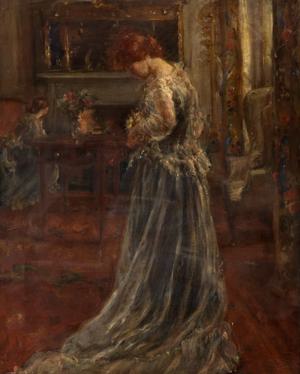
The first painting I’ve selected is Ethel Walker’s A Symphony in Bronze and Silver. Walker was a Scottish painter who is now widely understood as a lesbian artist. She had a preference for female sitters and often painted female nudes, but her work spans many styles and subjects. The oil painting depicts a full-length female figure turned away from the viewer to the left, dressed in a fine gown. Even though this image is not erotically charged – perhaps with the exception of the sheer sleeves on the woman’s dress – the painting is nonetheless important due to Walker’s own queer experiences.
Walker, as a queer woman herself, is an individual of paramount importance to this project. With so few examples of lesbian and queer female artists in the collection, Walker’s work is particularly important.
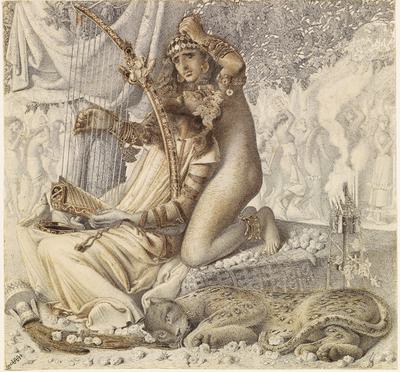
The next object I’ve selected is Simeon Solomon’s Babylon Hath Been a Golden Cup. Solomon features heavily in both the collection and my project, and as a Jewish man who faced persecution and prosecution for his sexuality in is lifetime, he is a vital figure to include.
Babylon is an ink drawing created in 1859 when Solomon was just 19 years old. The drawing depicts two figures, one lying in the lap of the other, perhaps either asleep or dead, but the second figure is the one upon whom I will focus my attention. The second figure is both ethnically and sexually ambiguous, nude except for their heavy jewellery. The moment of intimacy between them, as the darker figure plays the harp held by the unconscious man, as well as the sensorial imagery such as the burning censer, the leopard in the foreground and the dancing semi-nude figures in the background create a decadent concoction of heightened sensations that amplifies the queer coding.
The ambiguous gender of the second figure is characteristic of much of Solomon’s work. In many of his paintings and drawings, Solomon indicates a preference for gender neutrality. He wrote in a letter to Frederick Leyland that an androgynous expression of gender – situated perfectly between the male and the female – was more spiritual and therefore more perfect than the divided categories of male and female.
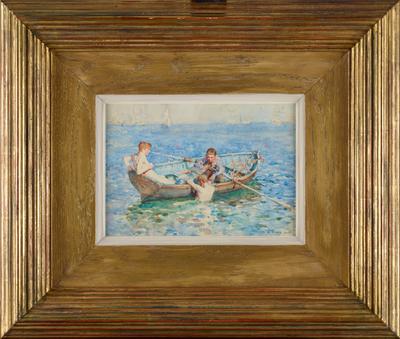
Thirdly and finally in this brief overview of my project, I’d like to draw attention to Henry Scott Tuke, the impressionist painter of the Newlyn School whose work has experienced a significant queer afterlife. While Tuke’s sexuality is unknown – unlike Walker and Solomon’s– the reception of his work is a vital consideration for a project such as this one. His August Blue, a study for which is housed in the collection, is an example of his famous style that included likenesses of nude boys and young men. The painting features three young men on a boat in the sea, two of which are nude, the third fully dressed. The painting is missing the fourth boy present in the final version but is almost identical in every other way.
While Tuke’s sexuality is unknown, his reputation as a life-long bachelor and the fact that he spent much of his life painting male nudes has earned him a place of honour in Cornwall’s LGBTQ+ history projects. Debates around Tuke’s sexuality have been ongoing for decades, but more important than his own identity is the significance of his work to the viewer. His male nudes became an important feature Cornwall’s queer liberation movement of the 1970s due to the way it reshaped understandings of Victorian queerness. Due to the positive effect his work has had on the queer community, Tuke remains key figure for this kind of queer project, even despite the ambiguity surrounding his sexuality.
These three objects together provide a brief insight into the project I’ve been undertaking for the last three months. Queerness exists not only in the explicit coding embedded within paintings such as these, nor solely in the identity or experiences of the creator. Even the queer afterlife experienced by the work of many artists, while it should not be overlooked, is not the only facet of queerness we should consider, but one of many. My project thus uncovers queerness from many angles but leaves open the possibility to uncover many more, a process which should be embraced as I leave this project in the capable hands of Birmingham Museums Trust.
A project such as this one should never be complete. Queering is an ongoing process that must become intertwined with the way museums curate and display objects. Queer stories are often veiled behind layers of hidden understanding due to the persecution faced by the community in the past. In order to move forward, we must accept and embrace stories such as these and consider the ways in which the queer life and experiences of creators are inscribed within and inform their work.
Suggested Reading:
- Boone, Joseph, The Homoerotics of Orientalism (New York: University of Columbia Press, 2014)
- Cooper, Emmanuel, The Sexual Perspective: Homosexuality and Art in the Last 100 Years in the West (London: Routledge, 1994)
- Cruise, Colin, Love Revealed: Simeon Solomon and the Pre-Raphaelites (London: Merrell, 2005)
- Davis, Whitney, Gay and Lesbian Studies in Art History (London: Harrington Press, 1994)
- Henry Scott Tuke (1858-1929)Queer Kernow
- Reed, Christopher, Art and Homosexuality: A History of Ideas (Oxford: Oxford University Press, 2011)
- Reid, Kris, and Richard Sandell, ‘LGBTQ Heritage and Collections – SSN Literature Review’, Queer Heritage and Collections (2021)

